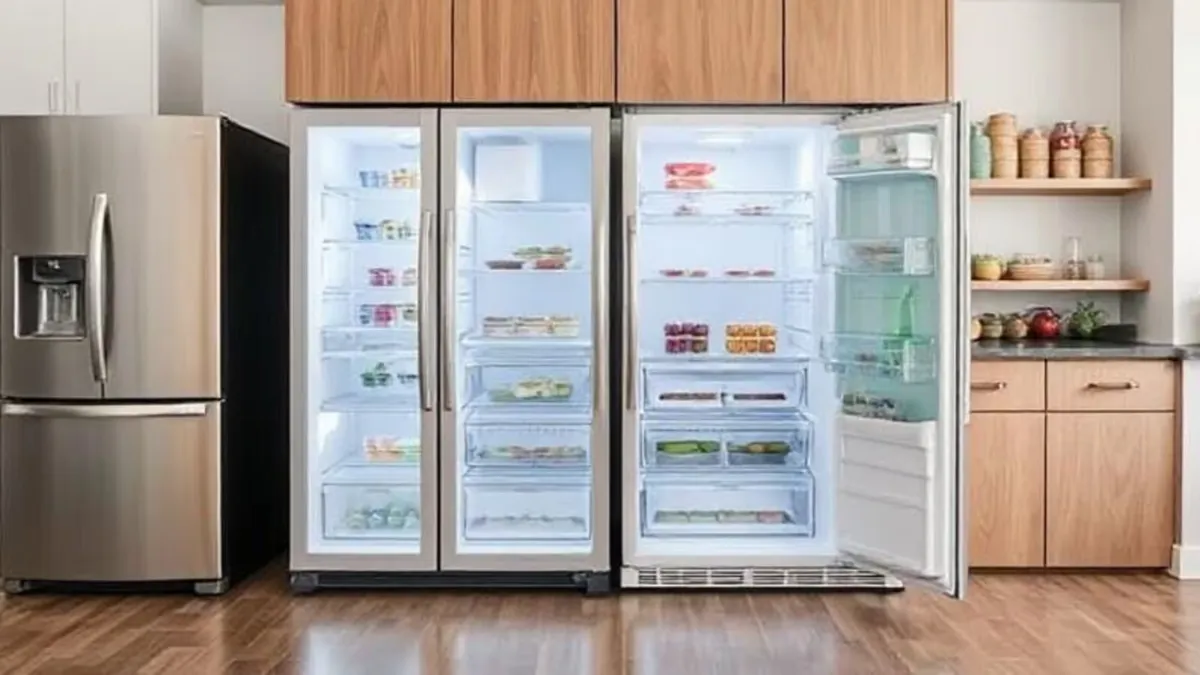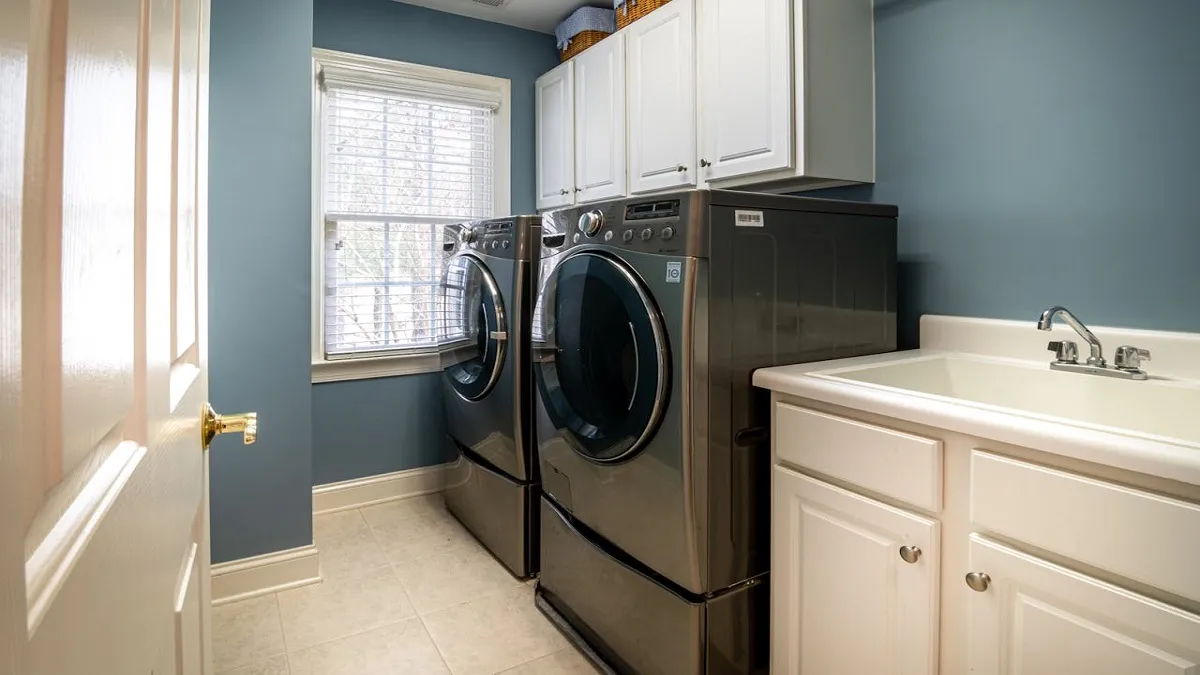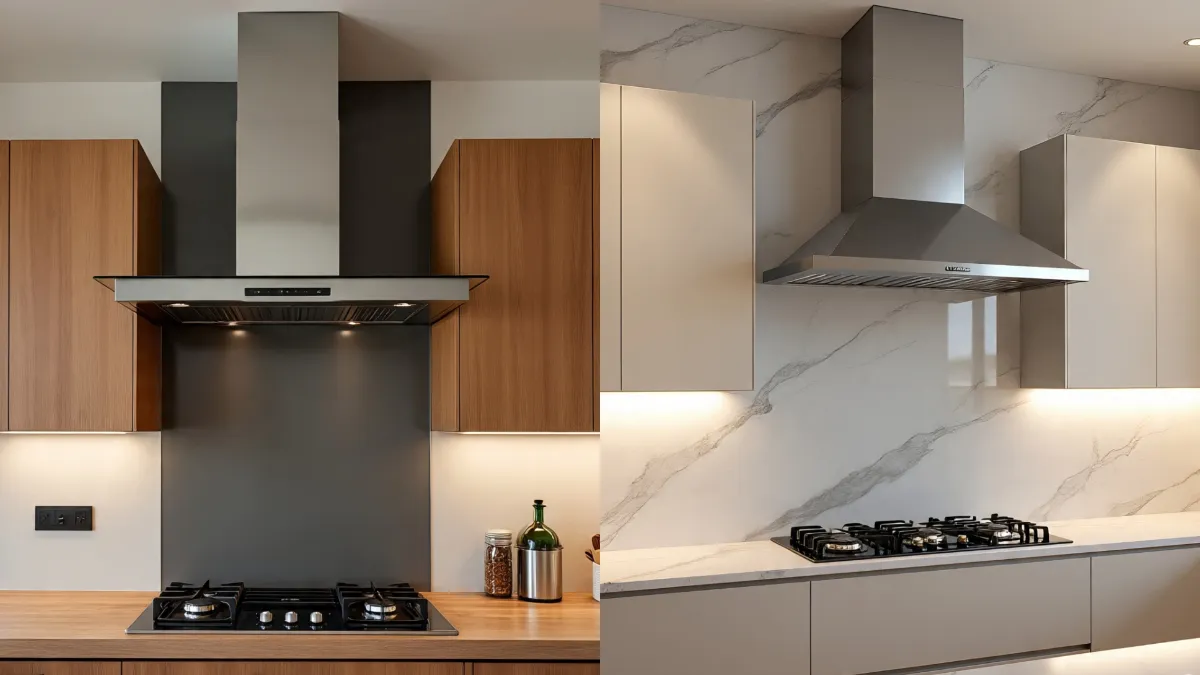Refrigerator isn't just an appliance for any house; it's the heart of the kitchen, preserving everything from daily vegetables to festive leftovers. For a small family, typically 2-3 members, selecting between a single-door and a double-door refrigerator can be a very puzzling decision. While double-door fridges often flaunt advanced features and larger capacities, are they truly the best fit for your compact kitchen or your budget?
Our compiled details and top picks for your home solutions and electronics aim to resolve that dilemma for buyers. We will delve into why a single-door refrigerator often emerges as the more practical, energy-efficient, and cost-effective solution for nuclear families. From its lower initial price point and reduced electricity consumption, crucial given rising utility costs in India, to its compact footprint ideal for urban apartments, we will explore the compelling reasons why less can truly be more when it comes to keeping your food fresh and your wallet happy.
How Single Door Refrigerator is Best for Small Family?
When looking for a refrigerator for small family, buyers simply go and buy a refrigerator, but there are many factors to consider. As a small family, why do you need to choose a single door refrigerator instead of double door refrigerator?
Primarily, there are many high-end features that a double door fridge offers, like the frost-free technology and separate compartments for the freezer and fresh food. The design often leads to more efficient cooling for each respective compartment and generally boasts a more sophisticated aesthetic, but do you really require these things?
However, these benefits come with notable drawbacks, the most significant is the higher initial purchase cost, making it a larger upfront investment compared to single-door alternatives. Double-door refrigerators also typically have greater electricity consumption due to their larger volume and the energy required to cool two distinct compartments, which can translate to higher electricity bills. Moreover, their larger footprint demands more kitchen space, a crucial consideration for compact urban apartments commonly found in India, potentially making them less suitable for smaller living environments.








